Prey drive is an instinctual behavior in dogs that compels them to chase, capture, and sometimes kill animals or objects that move. This behavior stems from their ancestral roots as hunters, where survival depended on their ability to catch prey. While all dogs have some level of prey drive, certain breeds exhibit this trait more intensely than others. These dogs are often driven by movement, whether it’s a squirrel darting up a tree, a cat crossing the yard, or even a toy being thrown. A strong prey drive can be both a blessing and a challenge; while it can make a dog highly focused and energetic, it can also lead to difficulties in managing their behavior around small animals or in situations where their instincts take over. In this article, we’ll explore 11 dog breeds that are known for their ultra-high prey drive, delving into what makes them stand out and why they fit this category.
11. Siberian Husky
The Siberian Husky is a breed renowned for its boundless energy and strong prey drive. Originally bred in Siberia as a sled dog, the Husky’s high prey drive can be traced back to its ancestors, who needed to hunt for food in harsh Arctic conditions. This breed is known for its keen instincts and love of chasing small animals, such as squirrels, rabbits, and birds. Huskies are highly independent and have a strong hunting instinct, making them prone to chasing anything that moves. Their prey drive can make it difficult to manage off-leash, as they are known to take off in pursuit of animals without a second thought. While they are friendly and social dogs, their strong prey drive requires careful management and training to prevent unwanted behaviors.
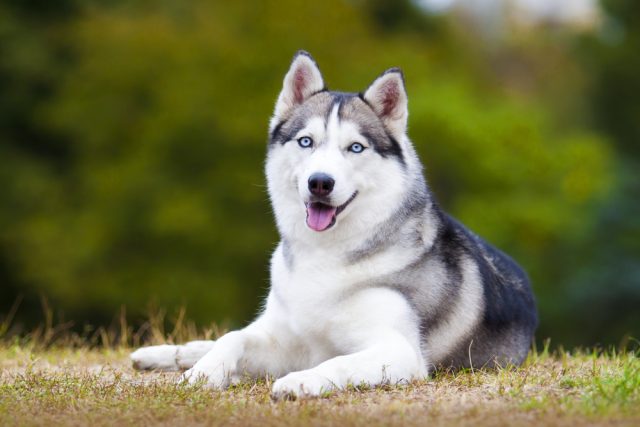
10. Greyhound
The Greyhound is a breed that was specifically developed for coursing game and racing, making it one of the fastest dogs in the world. Their slender, aerodynamic bodies and long legs allow them to reach incredible speeds, which is a direct reflection of their high prey drive. Greyhounds are naturally inclined to chase anything that moves, whether it’s a small animal or a mechanical lure on a racetrack. Their instinct to pursue and catch prey is so strong that it’s difficult to override, making them a breed that needs to be carefully managed in environments where small animals are present. While they are gentle and affectionate dogs, Greyhounds have a high prey drive that requires consistent training and supervision, especially when off-leash.

9. Jack Russell Terrier
The Jack Russell Terrier is a small but mighty breed with a tenacious spirit and an incredibly high prey drive. Originally bred in England for fox hunting, Jack Russells are known for their relentless pursuit of small animals, including rodents, birds, and even insects. Their small size allows them to easily follow prey into burrows and tight spaces, making them excellent hunters. Jack Russells are highly energetic and intelligent, but their strong prey drive can make them difficult to manage in households with small pets. They are known to chase and sometimes capture anything that moves, and their determination means they won’t easily give up on a hunt. Early training and socialization are crucial to help manage this breed’s intense prey drive, but even with proper guidance, they may remain highly motivated by the presence of potential prey.

8. Afghan Hound
The Afghan Hound is an ancient breed that was originally developed in the mountains of Afghanistan to hunt large game, such as deer and leopards. This breed’s long, flowing coat and regal appearance belie its powerful prey drive, which is deeply ingrained in its DNA. Afghan Hounds are known for their incredible speed and agility, which make them effective hunters in harsh and rugged terrain. Their strong prey drive means they are naturally inclined to chase anything that moves, whether it’s a small animal or a fast-moving object. Afghan Hounds are independent and aloof, making them challenging to train, especially when managing their prey drive. They require a firm, experienced handler who can provide consistent training and supervision to prevent them from acting on their hunting instincts.
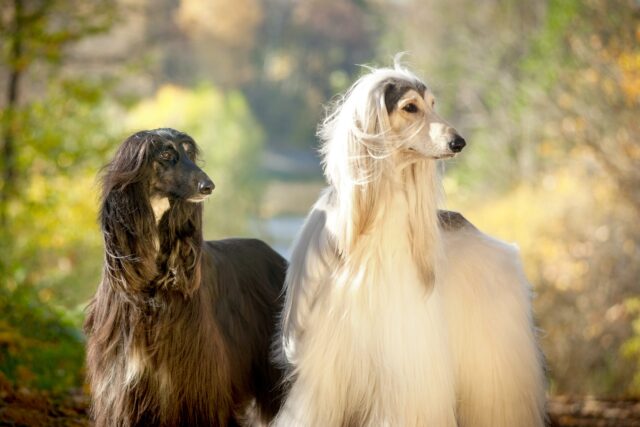
7. Basenji
The Basenji is a unique and ancient breed from Central Africa, often called the “barkless dog” due to its unusual vocalizations. This breed was originally used for hunting in dense forests, and its strong prey drive is a testament to its hunting heritage. Basenjis are known for their keen eyesight and incredible speed, which they use to chase and capture small game. Their prey drive is so strong that they are often difficult to manage around small animals, such as cats or rodents. Basenjis are highly independent and quite stubborn, making them challenging to train. Their natural hunting instincts mean they are always on the lookout for potential prey, and they are known to chase anything that moves, whether it’s a bird, a squirrel, or a toy. Managing a Basenji’s prey drive requires consistent training and supervision, especially in environments where small animals are present.
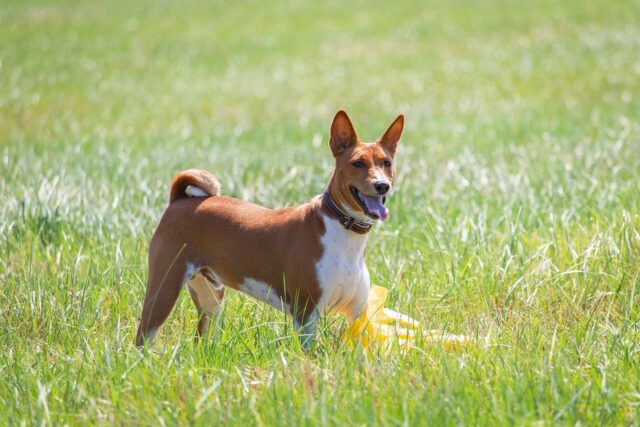
6. Border Collie
The Border Collie is a highly intelligent and energetic breed that was originally developed for herding livestock. While they are primarily known for their herding abilities, Border Collies also have a strong prey drive that can make them prone to chasing small animals. Their keen instincts and high energy levels mean they always look for movement, whether a sheep in the field or a squirrel in the yard. Border Collies are highly focused and driven, making them excellent working dogs, but their prey drive can be challenging to manage in a household setting. They require plenty of mental and physical stimulation to keep their instincts in check, and they need to be carefully managed around small pets to prevent unwanted chasing or hunting behaviors.
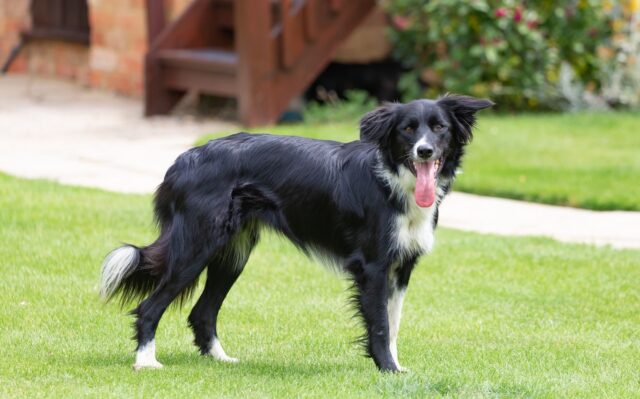
5. Whippet
The Whippet is a smaller cousin of the Greyhound and shares many of the same characteristics, including an ultra-high prey drive. Originally bred for hunting small game, such as rabbits and hares, Whippets are incredibly fast and agile, making them effective hunters. Their slim, muscular bodies allow them to reach speeds of up to 35 miles per hour, and their prey drive means they are always on the lookout for something to chase. Whippets are known for their gentle and affectionate nature, but their strong hunting instincts can make them difficult to manage in environments where small animals are present. Like Greyhounds, Whippets require careful management and training to ensure they don’t act on their prey drive, especially when off-leash.
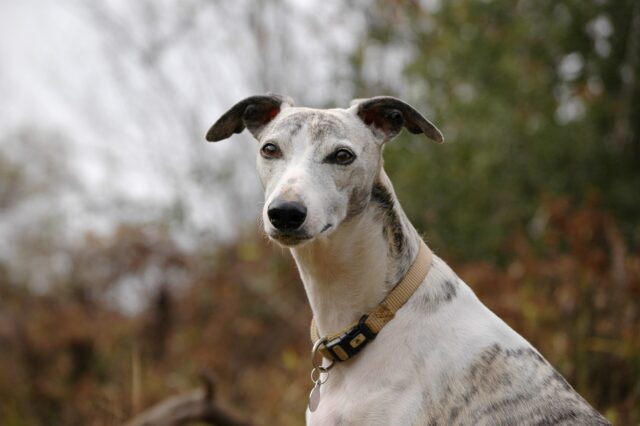
4. Pharaoh Hound
The Pharaoh Hound is an ancient breed that is believed to have originated in Egypt, where it was used for hunting small game. This breed’s sleek, athletic build and keen eyesight make it an effective hunter, and its strong prey drive means it is always on the lookout for something to chase. Pharaoh Hounds are known for their speed and agility, allowing them to pursue prey precisely. Their prey drive is so strong that they are often difficult to manage in households with small pets, and they require consistent training and supervision to prevent them from acting on their hunting instincts. Pharaoh Hounds are highly independent and quite stubborn, making them a challenge to train, especially when managing their prey drive.
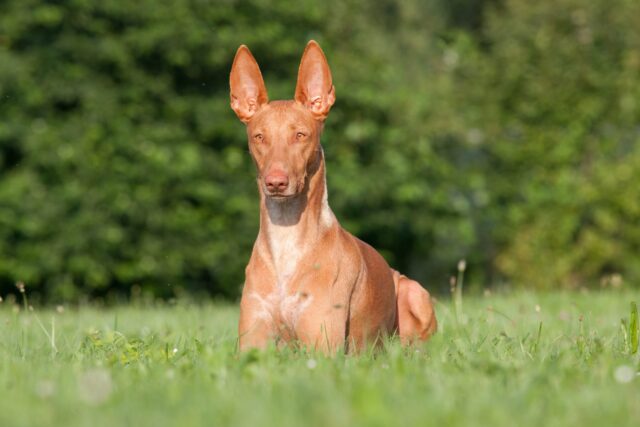
3. Alaskan Malamute
The Alaskan Malamute is a powerful and independent breed that was originally developed for pulling heavy sleds in harsh Arctic conditions. This breed’s strong prey drive can be traced back to its ancestors, who needed to hunt for food in the wild. Alaskan Malamutes are known for their strong hunting instincts and are often prone to chasing small animals, such as squirrels, rabbits, and birds. Their prey drive can make them difficult to manage in environments where small animals are present, and they require careful training and supervision to prevent unwanted behaviors. Alaskan Malamutes are highly independent and quite stubborn, making them a challenge to train, especially when managing their prey drive. They are best suited to experienced owners who provide firm and consistent leadership.
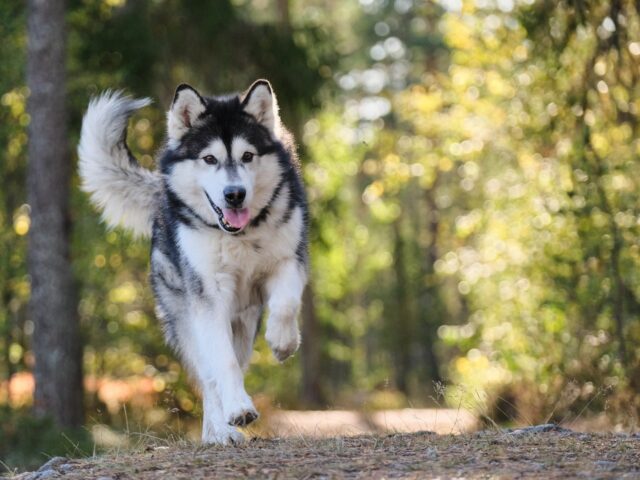
2. Ibizan Hound
The Ibizan Hound is a rare and ancient breed that originated on the Balearic Islands off the coast of Spain. This breed was originally developed for hunting small game, such as rabbits and hares, and its strong prey drive is a testament to its hunting heritage. Ibizan Hounds are known for their incredible speed and agility, which make them effective hunters. Their prey drive is so strong that they are often difficult to manage in households with small pets, and they require consistent training and supervision to prevent them from acting on their hunting instincts. Ibizan Hounds are highly independent and quite stubborn, making them a challenge to train, especially when managing their prey drive.
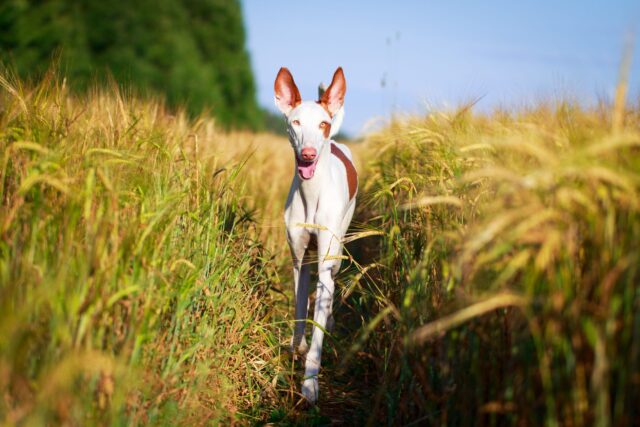
1. Saluki
The Saluki is one of the oldest dog breeds in the world, with a history that dates back thousands of years. Originally bred in the Middle East to hunt large game, such as gazelles and antelopes, the Saluki’s strong prey drive is deeply ingrained in its DNA. This breed is known for its incredible speed and endurance, allowing it to pursue prey over long distances. Salukis are naturally inclined to chase anything that moves, whether a small animal or a fast-moving object. Their prey drive is so strong that it can be difficult to manage, especially in environments where small animals are present. Salukis are highly independent and can be quite aloof, making them a challenge to train. They require consistent training and supervision to prevent them from acting on their hunting instincts. Still, even with proper guidance, they may remain highly motivated by the presence of potential prey.
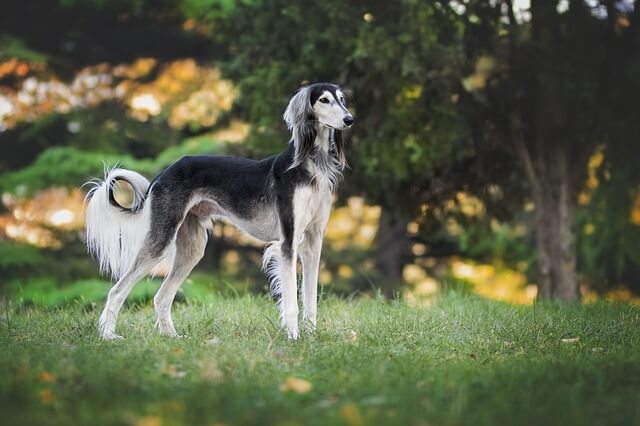
Each of these dog breeds has a unique history and set of characteristics that contribute to their ultra-high prey drive. While they can be loyal and loving companions, their strong prey drive can present challenges, particularly in environments where small animals are present. Understanding and managing a dog’s prey drive is essential for ensuring they are well-behaved and safe around other animals. For prospective owners of these breeds, it’s important to recognize the potential challenges and to provide the necessary training, supervision, and mental stimulation to keep their instincts in check. With the right approach, these high-prey-drive dogs can be wonderful companions. Still, they require a dedicated and experienced owner who can provide firm and consistent leadership to manage their natural instincts effectively.
 Toledo, United States.
Toledo, United States.